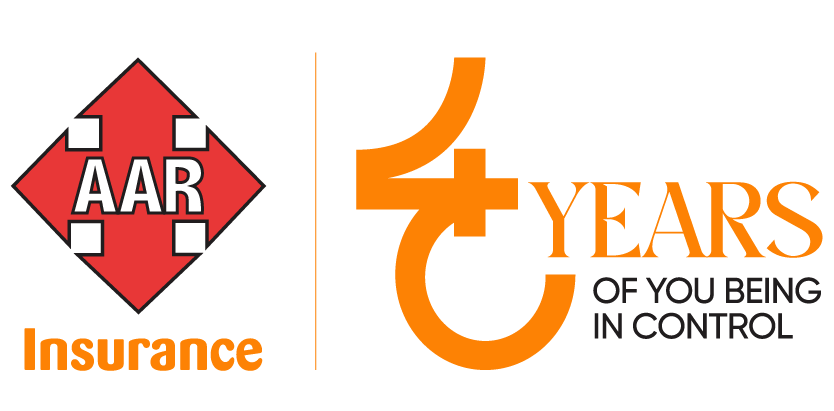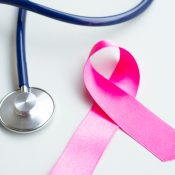Breast cancer is the leading cancer in Kenya in incidence with 5,985 new cases, accounting for 12.5% of all new cancer cases, and 20.9% in women alone.
In the same period, it accounted for 9.2% of all cancer deaths, making it the third leading cause of all cancer deaths in the country. Available data shows that majority of breast cancer patients present in late stage, contributing to higher mortality and low overall survival.
A study at Kenyatta National Hospital showed that 7.4% were diagnosed in tumor stage I, 33.7% in stage II, 29.7% in stage III, and 21% in stage IV. The study showed that breast lump is the commonest presentation (79.4%), followed by breast pain (26.8%). The average age at presentation was 48 years [range 21-84].
Screening for early detection therefore is an important aspect in the control of breast cancer. The primary goal of screening is to increase detection of breast cancer in its early stages and hence improve prognosis and reduce mortality.

RISK FACTORS FOR BREAST CANCER
Heredity and Family History:
Having one or two affected first-degree relatives is associated with a higher risk of breast cancer, with a lifetime excess incidence of breast cancer of 5.5% and 13.3% respectively. The increase in risk is greater for younger women and also when the relative was affected at a younger age.
Reproductive History:
Nulliparity also increases a woman’s risk of breast cancer, and every live birth reduces the relative risk by about 7%. Women 30 years or older at the time of their first live birth have a higher risk of breast cancer than women having their first child at a younger age
Breastfeeding: Breastfeeding can lower breast cancer risk, especially if a woman breastfeeds for longer than 1 year.
Hormone Replacement Therapy (HRT):
Prolonged use of combined estrogen-proges- terone hormone replacement therapy (HRT) increases the breast cancer by 15% though this returns to baseline within 2 years of stopping HRT. Estrogen therapy alone increases breast cancer risk as well, but the increased risk is lower than for combined therapy.
Lifestyle risk factors
Obesity: Obesity is associated with an increased risk of postmenopausal breast cancer, as is weight gain throughout adulthood. Obesity also negatively affects prognosis of early stage breast cancer
Physical Activity: Breast cancer risk is reduced by about 25% among physically active women compared to the least active women.
Alcohol Consumption: Regular consumption of as little as one drink per day elevates the risk of breast cancer by about 4%. The risk increases steadily with increasing consumption regard- less of the type of alcohol consumed.
Tobacco Use: Studies have demonstrated that there is a causal association between active smoking and second-hand tobacco smoke and breast cancer.
SCREENING INTERVENTIONS AND FREQUENCY OF SCREENING
Mammography is the recommended method of screening for women in the average risk population.
Clinical Breast Examination (CBE) & Ultrasound CBE should be considered as part of a physical examination and used as an opportunity to discuss and educate the woman on breast health.
Ultrasound, when available and if conducted by a competent clinician, should be considered as an adjunct to CBE in women between 35 and 39 years.
It should not be considered as a replacement for mammography screening.
Breast Self-Examination (BSE) and Awareness BSE is not recommended as a screening method.
However, women should be encouraged to be aware and to report changes in their breasts, such as nipple discharge, rash on nipples, inversion, dimpling or new mass in the breast or axilla.
RECOMMENDATIONS FOR WOMEN BREAST CANCER SCREENING
| Age Group | Recommendation | Interval |
| 25-34yrs | CBE every 3years. Mammography is not recommended | 1-3yrs |
| 35-39yrs | CBE and Ultrasound or Mammography | 1-3yrs |
| 35-39yrs | CBE +mammography | Annual |
| 56-74yrs | CBE +mammography | Every 2 years |
| 75yrs and older | To consider health factors and clients preference to continue screening | Discuss with the patient |












